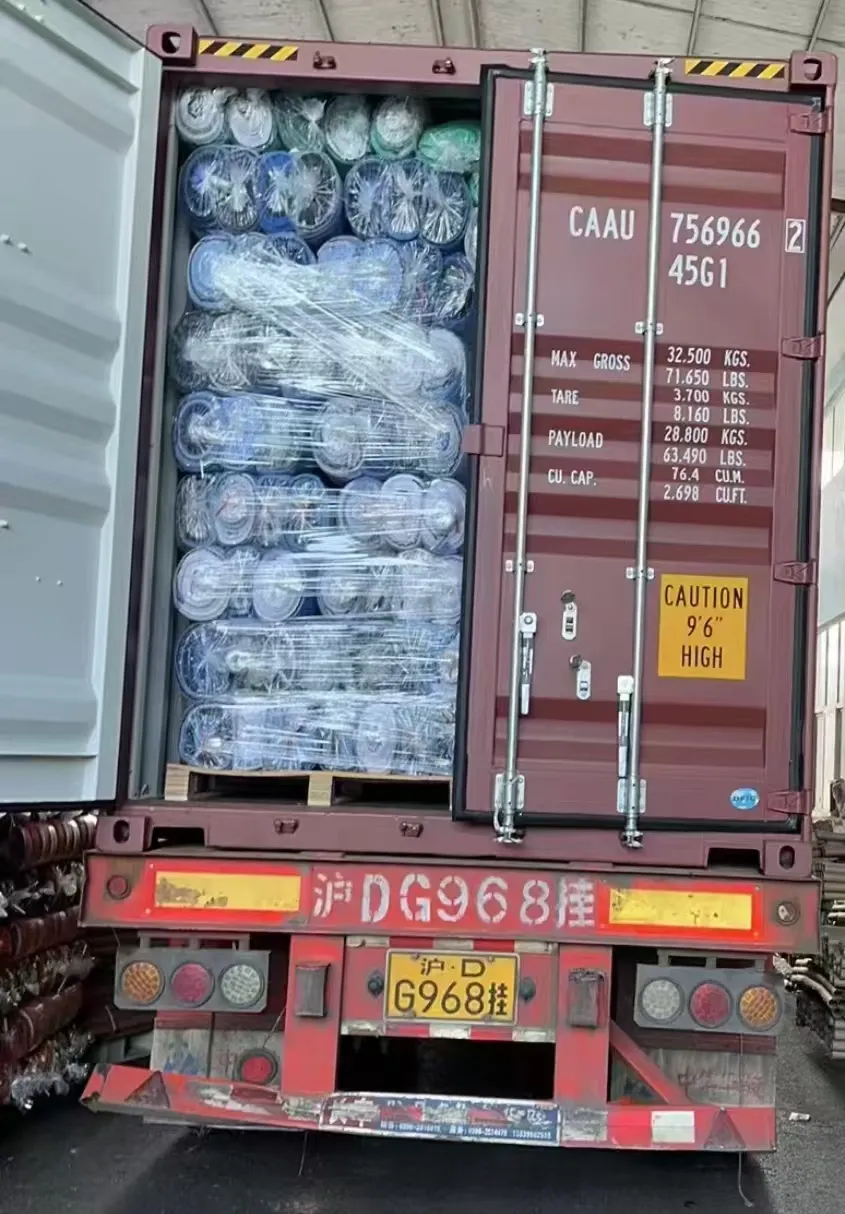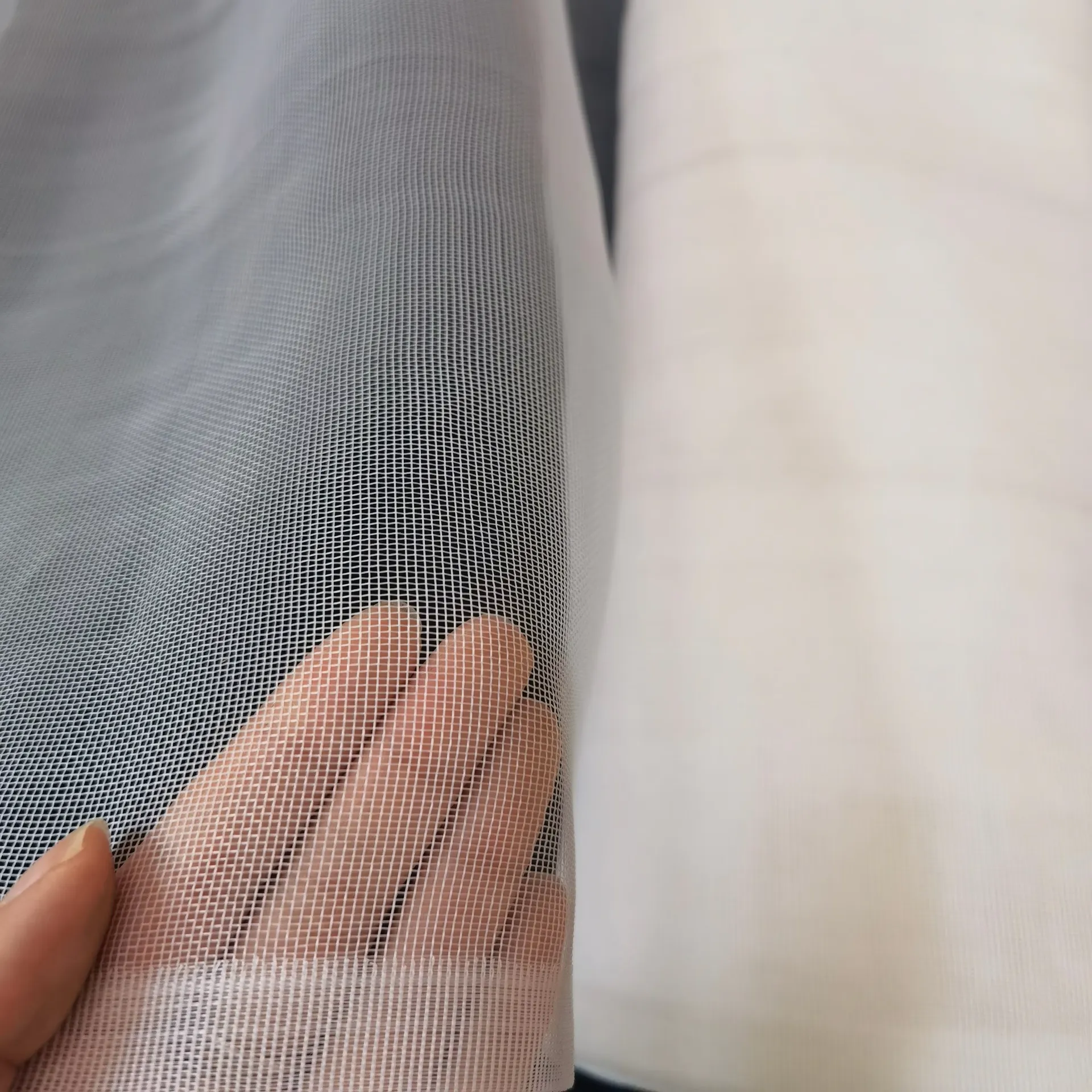-
 Afrikaans
Afrikaans -
 Albanian
Albanian -
 Amharic
Amharic -
 Arabic
Arabic -
 Armenian
Armenian -
 Azerbaijani
Azerbaijani -
 Basque
Basque -
 Belarusian
Belarusian -
 Bengali
Bengali -
 Bosnian
Bosnian -
 Bulgarian
Bulgarian -
 Catalan
Catalan -
 Cebuano
Cebuano -
 China
China -
 Corsican
Corsican -
 Croatian
Croatian -
 Czech
Czech -
 Danish
Danish -
 Dutch
Dutch -
 English
English -
 Esperanto
Esperanto -
 Estonian
Estonian -
 Finnish
Finnish -
 French
French -
 Frisian
Frisian -
 Galician
Galician -
 Georgian
Georgian -
 German
German -
 Greek
Greek -
 Gujarati
Gujarati -
 Haitian Creole
Haitian Creole -
 hausa
hausa -
 hawaiian
hawaiian -
 Hebrew
Hebrew -
 Hindi
Hindi -
 Miao
Miao -
 Hungarian
Hungarian -
 Icelandic
Icelandic -
 igbo
igbo -
 Indonesian
Indonesian -
 irish
irish -
 Italian
Italian -
 Japanese
Japanese -
 Javanese
Javanese -
 Kannada
Kannada -
 kazakh
kazakh -
 Khmer
Khmer -
 Rwandese
Rwandese -
 Korean
Korean -
 Kurdish
Kurdish -
 Kyrgyz
Kyrgyz -
 Lao
Lao -
 Latin
Latin -
 Latvian
Latvian -
 Lithuanian
Lithuanian -
 Luxembourgish
Luxembourgish -
 Macedonian
Macedonian -
 Malgashi
Malgashi -
 Malay
Malay -
 Malayalam
Malayalam -
 Maltese
Maltese -
 Maori
Maori -
 Marathi
Marathi -
 Mongolian
Mongolian -
 Myanmar
Myanmar -
 Nepali
Nepali -
 Norwegian
Norwegian -
 Norwegian
Norwegian -
 Occitan
Occitan -
 Pashto
Pashto -
 Persian
Persian -
 Polish
Polish -
 Portuguese
Portuguese -
 Punjabi
Punjabi -
 Romanian
Romanian -
 Russian
Russian -
 Samoan
Samoan -
 Scottish Gaelic
Scottish Gaelic -
 Serbian
Serbian -
 Sesotho
Sesotho -
 Shona
Shona -
 Sindhi
Sindhi -
 Sinhala
Sinhala -
 Slovak
Slovak -
 Slovenian
Slovenian -
 Somali
Somali -
 Spanish
Spanish -
 Sundanese
Sundanese -
 Swahili
Swahili -
 Swedish
Swedish -
 Tagalog
Tagalog -
 Tajik
Tajik -
 Tamil
Tamil -
 Tatar
Tatar -
 Telugu
Telugu -
 Thai
Thai -
 Turkish
Turkish -
 Turkmen
Turkmen -
 Ukrainian
Ukrainian -
 Urdu
Urdu -
 Uighur
Uighur -
 Uzbek
Uzbek -
 Vietnamese
Vietnamese -
 Welsh
Welsh -
 Bantu
Bantu -
 Yiddish
Yiddish -
 Yoruba
Yoruba -
 Zulu
Zulu
agricultural insect net price
Agricultural nets have emerged as indispensable tools in modern farming, revolutionizing cultivation techniques and significantly enhancing productivity. These nets, whether used for shading, protection, or support, play a critical role in promoting sustainable agriculture. Drawing from global farming experiences, both small-scale farmers and large agricultural enterprises are recognizing the manifold benefits of agricultural nets, making them an essential component in maximizing yields and supporting ecological balance.

Experience from diverse agricultural settings showcases the versatility of agricultural nets. In regions with harsh sunlight, shading nets are crucial for protecting crops from sunburn and excessive heat, which can otherwise lead to reduced growth or total crop failure. Farmers in southern Spain have successfully employed shading nets to safeguard tomatoes and peppers, extending their growing seasons and improving fruit quality significantly. In a similar vein, berry growers in California have noted improved yields using bird nets that prevent loss from avian predation while allowing enough sunlight and rain to nurture the plants.
Moreover, expertise in agricultural net application highlights the importance of tailored solutions for specific crops. For instance, exclusion nets are increasingly used in viticulture, especially in Australia and New Zealand, where they provide a barrier against pests such as moths and flies without the need for chemical treatments. The reduction in pesticide use not only lowers production costs but also meets rising consumer demand for organic produce. In Asia, tea plantations benefit from the strategic use of insect nets, protecting valuable crops from infestations that can devastate leaf quality and yield.

Authoritativeness in advocating for agricultural nets arises from extensive research and field trials conducted by leading agricultural institutions. The International Centre for Agricultural Research has published studies confirming that the use of agricultural nets leads to superior microclimate management. By regulating temperature and humidity, these nets foster optimal growth conditions, thereby improving both the quantity and quality of agricultural produce. Such authoritative endorsements encourage more farmers to invest in netting solutions, promoting widespread adoption across various farming communities.
agricultural net
Trustworthiness in the effectiveness and safety of agricultural nets is further bolstered by rigorous testing and compliance with international standards. High-quality nets are manufactured using UV-stabilized polyethylene, ensuring durability and resistance to environmental wear and tear. These materials are recyclable and environmentally friendly, aligning with the global shift towards sustainable farming practices. Testimonials from satisfied users worldwide reinforce confidence in agricultural nets, underpinning their reputation as reliable agricultural aids.
The adoption of agricultural nets also speaks to a growing awareness of the interconnectedness of farming techniques and environmental stewardship. By reducing reliance on pesticides and conserving water through improved micro-environments, agricultural nets contribute to the overall health of agricultural ecosystems. This not only sustains the productivity of the land but also safeguards it for future generations.
In conclusion, agricultural nets represent a fusion of innovation and traditional wisdom, addressing many of the challenges faced by modern agriculture. Their proven benefits in enhancing crop protection and yield quality underscore their value as a strategic investment for farmers aiming for long-term sustainability. As the agricultural industry continues to evolve in response to global demands, the role of agricultural nets will undoubtedly expand, further cementing their place as vital tools in the quest for efficient and ecologically balanced farming.
-
Why Construction Steel Mesh is the Backbone of Modern InfrastructureNewsJun.27,2025
-
The Ultimate Solution for Versatile Industrial and Consumer ApplicationsNewsJun.27,2025
-
Smart Breeding Starts Here: The Ideal Breeder Net for GuppiesNewsJun.27,2025
-
Maximize Your Harvest with Smart NetNewsJun.27,2025
-
High-Performance Steel Mesh Solutions for Modern IndustryNewsJun.27,2025
-
Durable Solutions for Modern Agriculture and LandscapingNewsJun.27,2025











